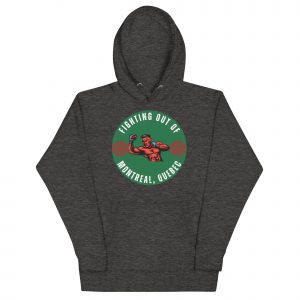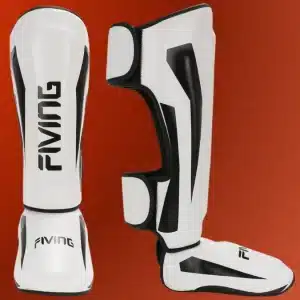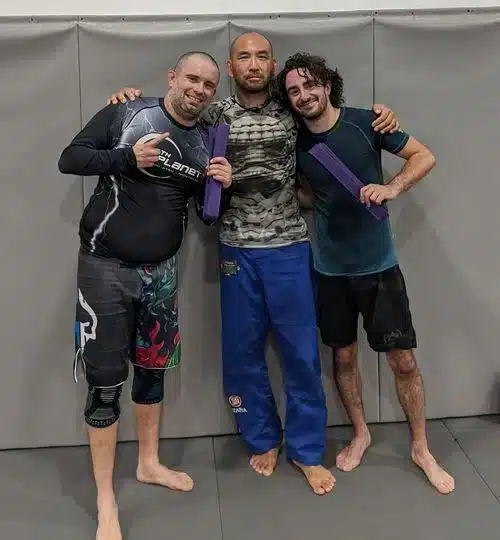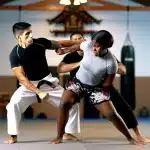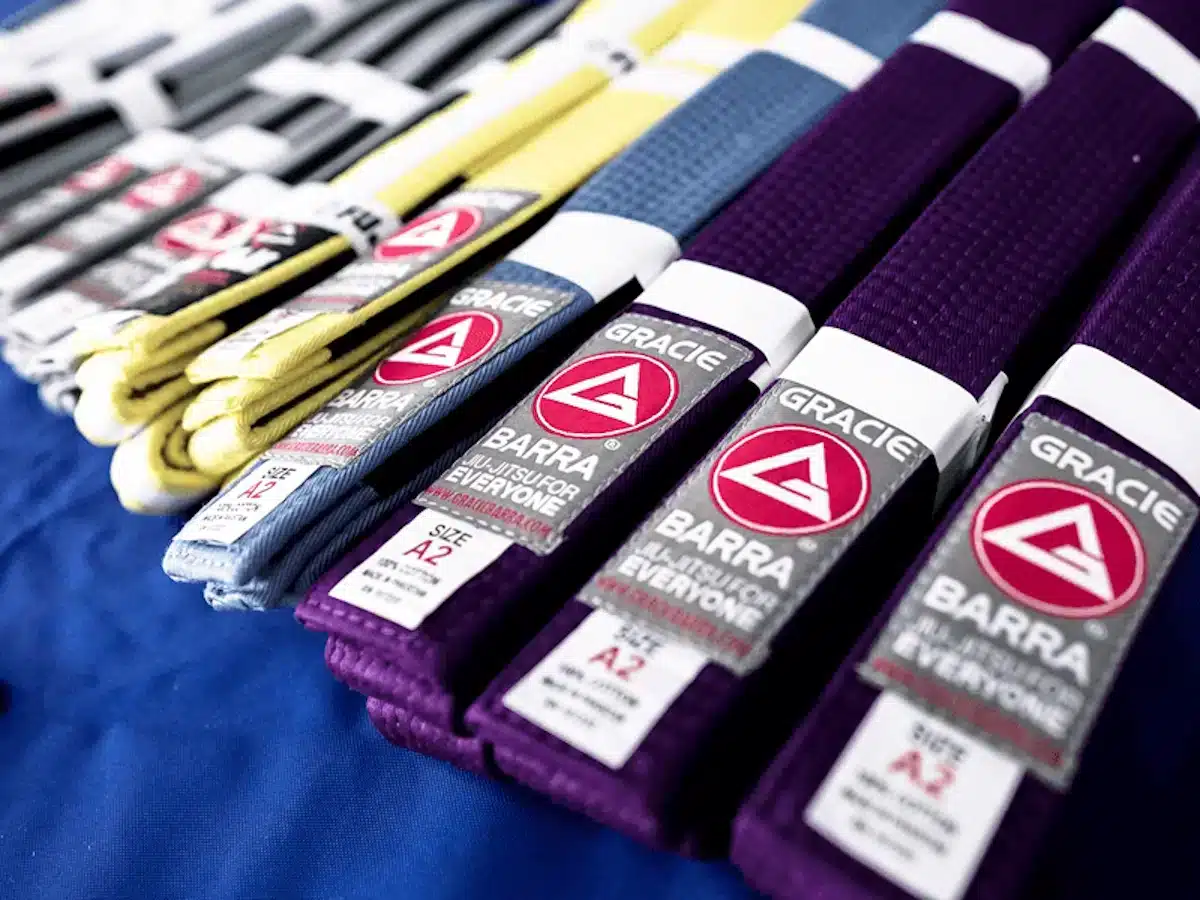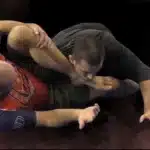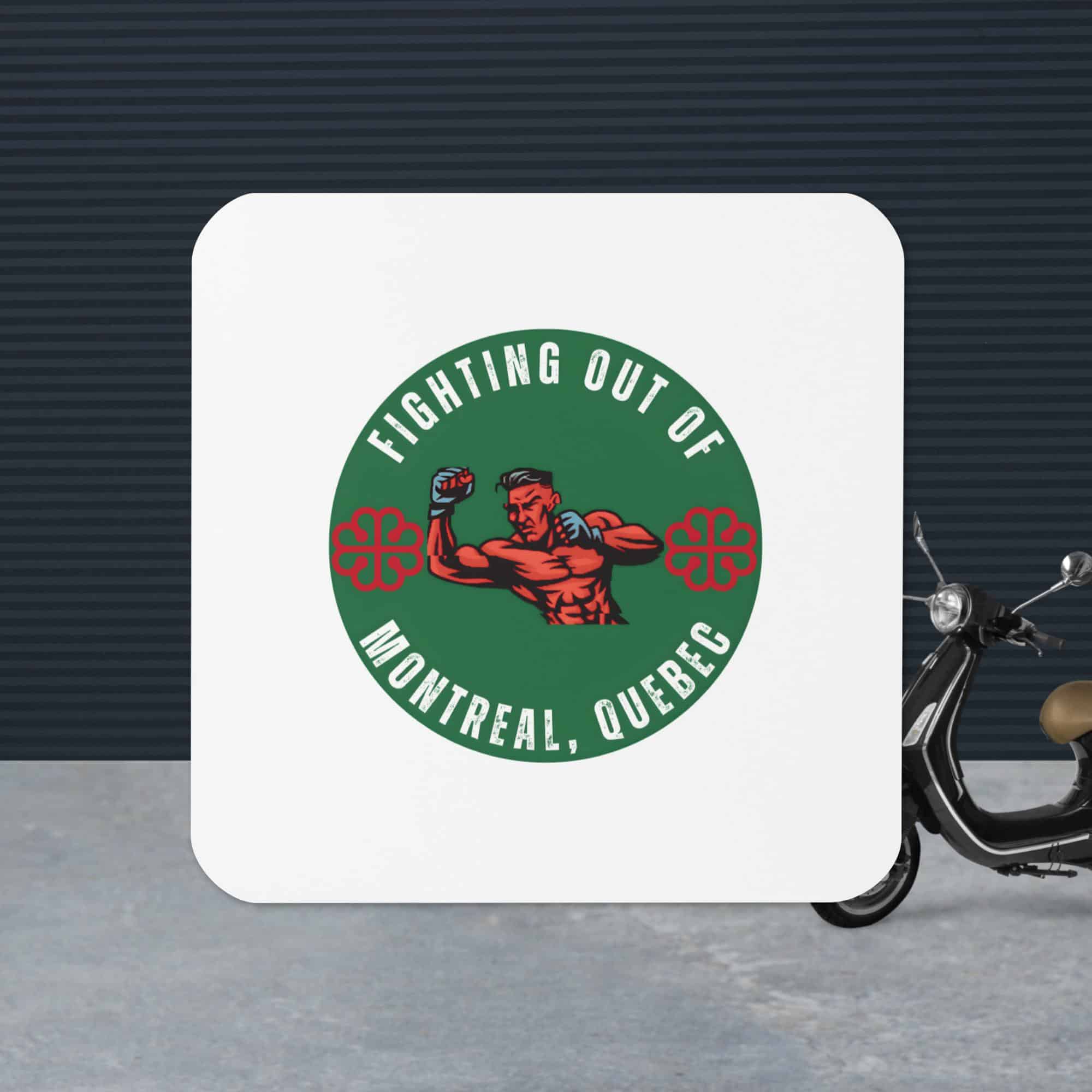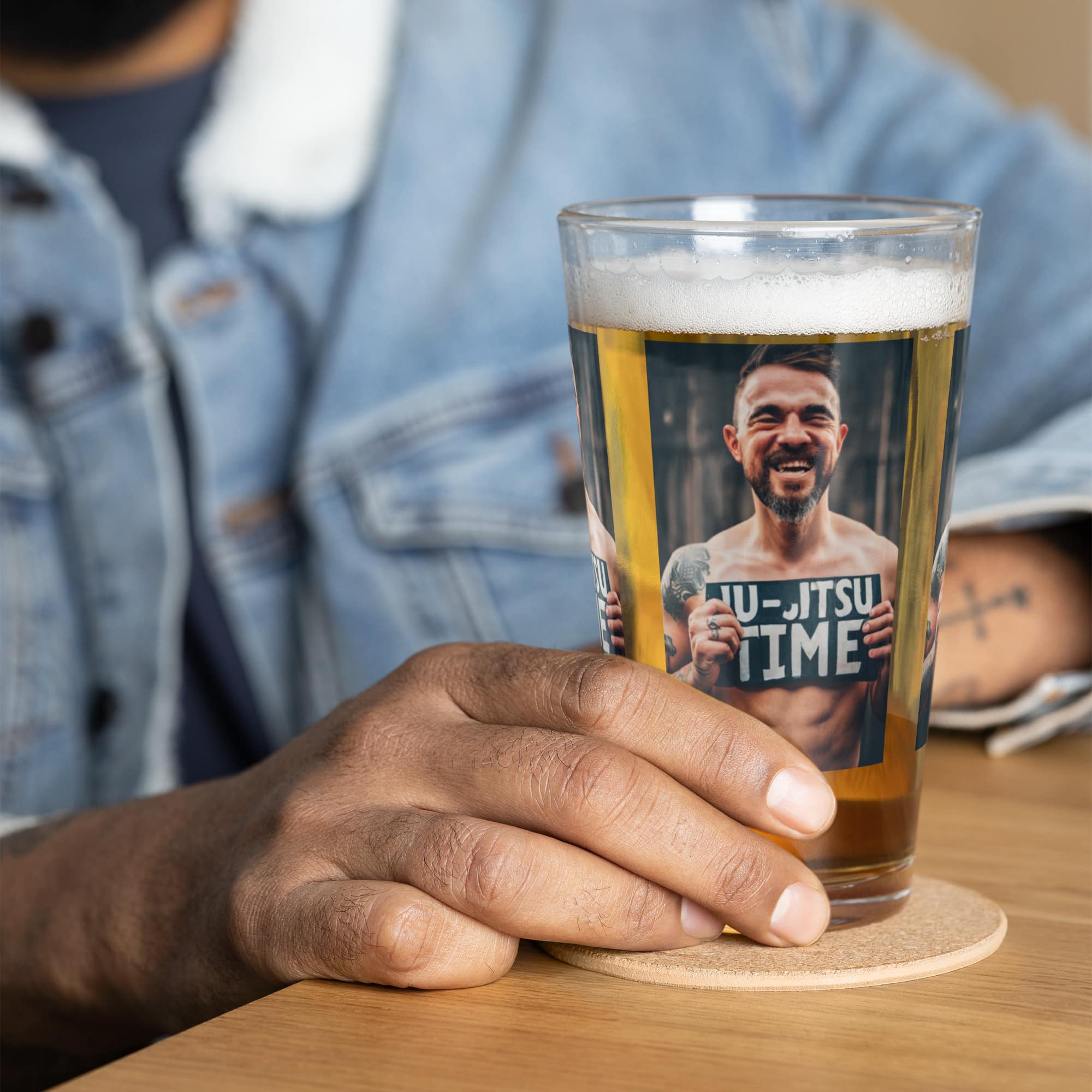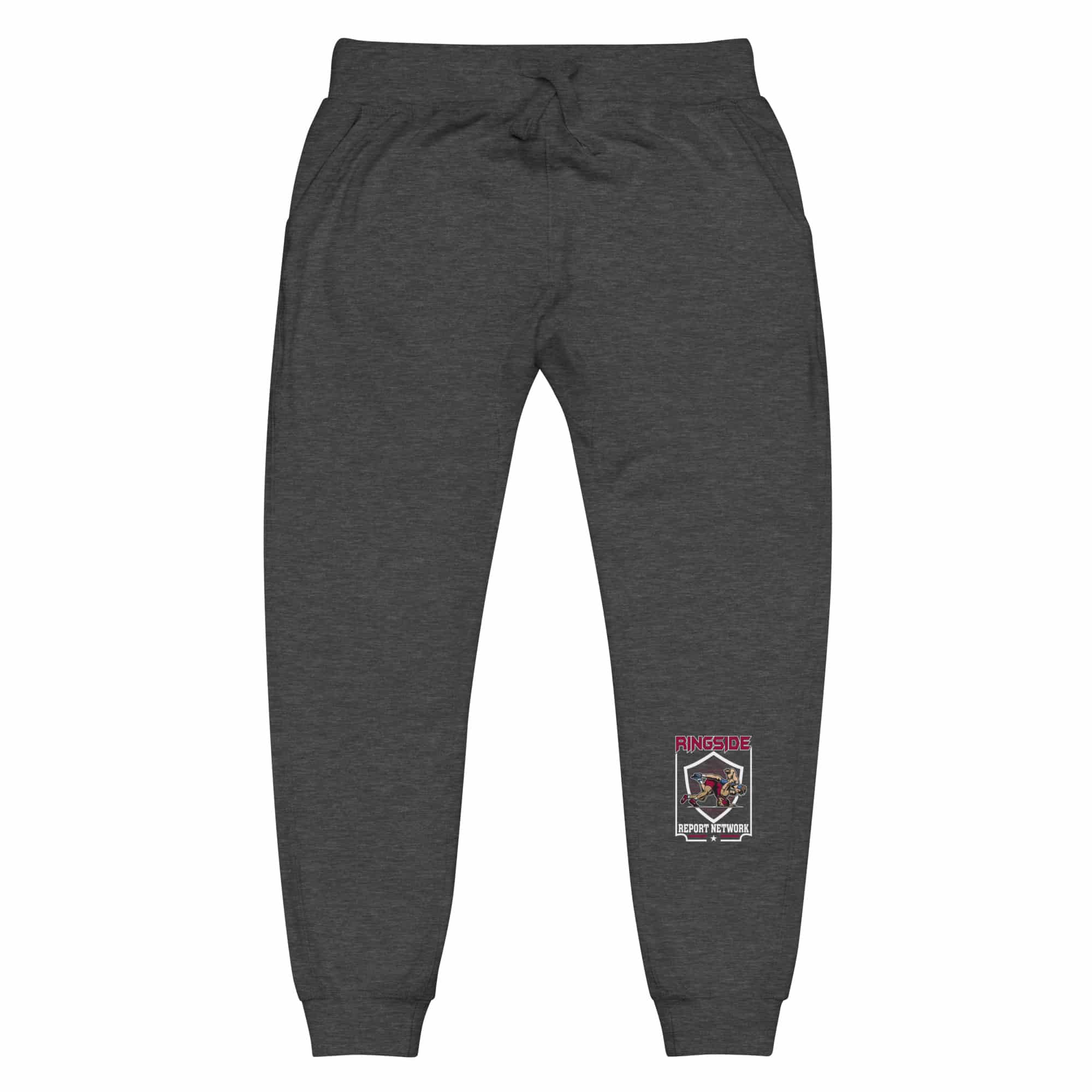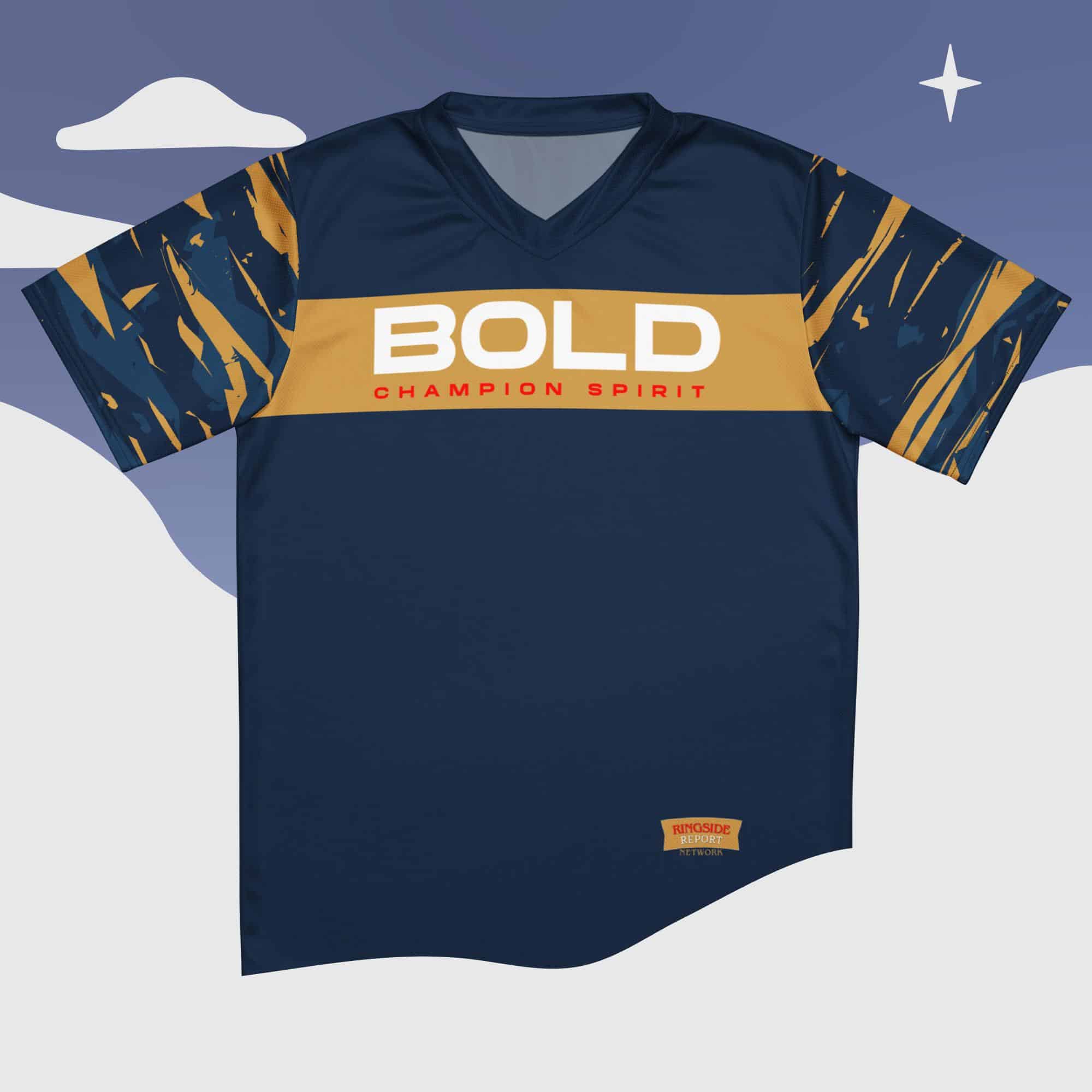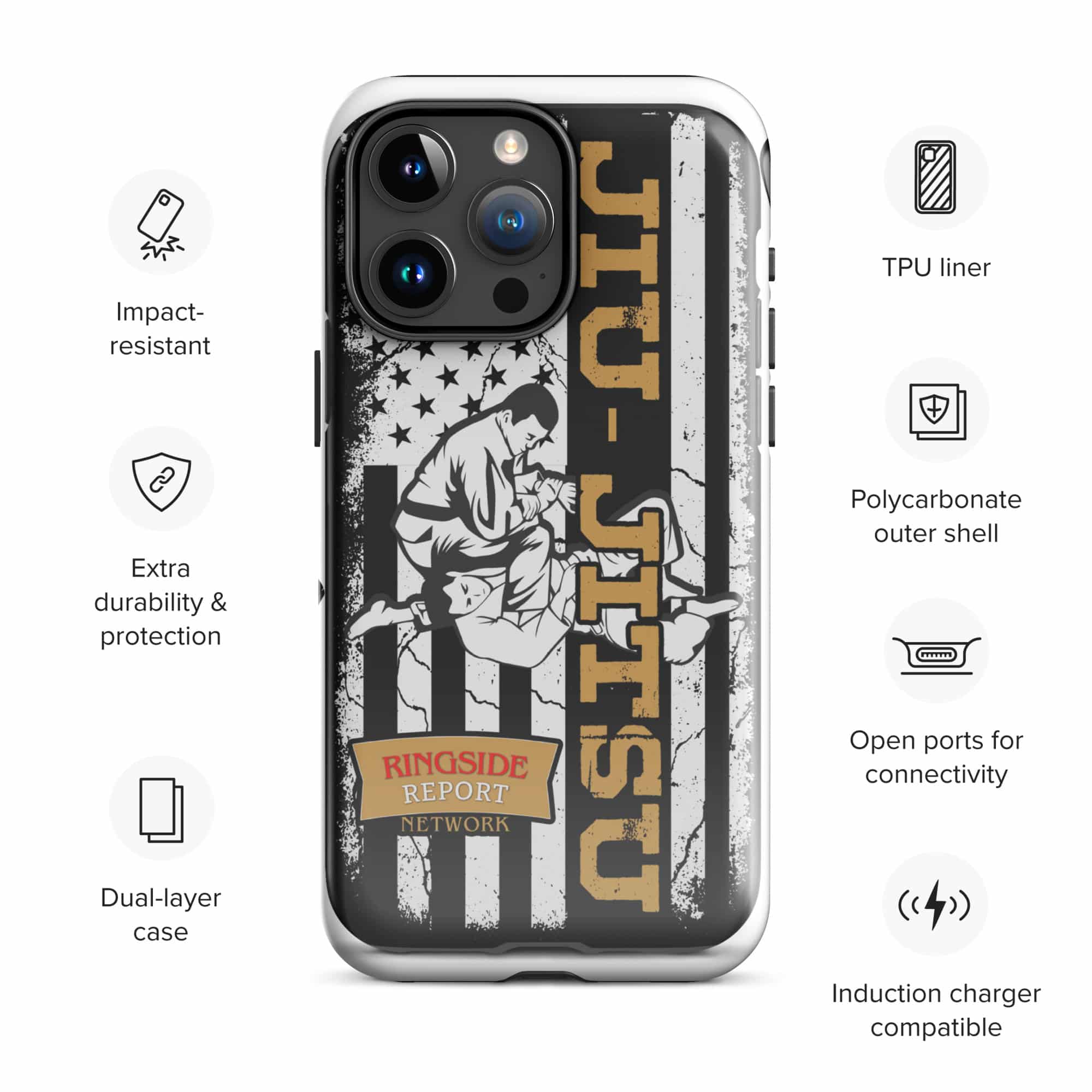Transitioning to no-gi grappling brings a fresh set of challenges and opportunities. This comprehensive guide on transitioning from no-gi to no-gi cuts through the uncertainty and addresses the keys to successfully adapting your skill set from gi to no-gi. Expect to learn about upping the pace, shifting grips, refining your guard, tweaking submission strategies, and even what to wear. We’ll equip you with practical insights to adapt and excel in the dynamic world of no gi. Ready for a no-gi confidence boost?
Please read our article on the 10th Planet Belt System.
Key Takeaways
- No gi grappling is faster-paced than gi, so work on physical and mental agility with drills and reaction exercises to improve quick decision-making and reaction times.
- Master no gi controls by learning underhooks, overhooks, and other wrestling-based grips, and adapt your guard game for no gi by using techniques like framing and inverting to maintain distance without gi grips.
- Combine gi and no-gi grappling techniques to develop a hybrid grappling mindset. For tips on transitioning, use resources like the Grapplearts BJJ Master App and The Strenuous Life Podcast.
- Understand the differences between training in BJJ gi and no-gi. Training in the gi provides unique advantages with its grips and grip-breaking techniques, which are essential even for experienced no-gi grapplers.
Table of Contents
Embracing the Pace: Adapting to the Speed of No-Gi
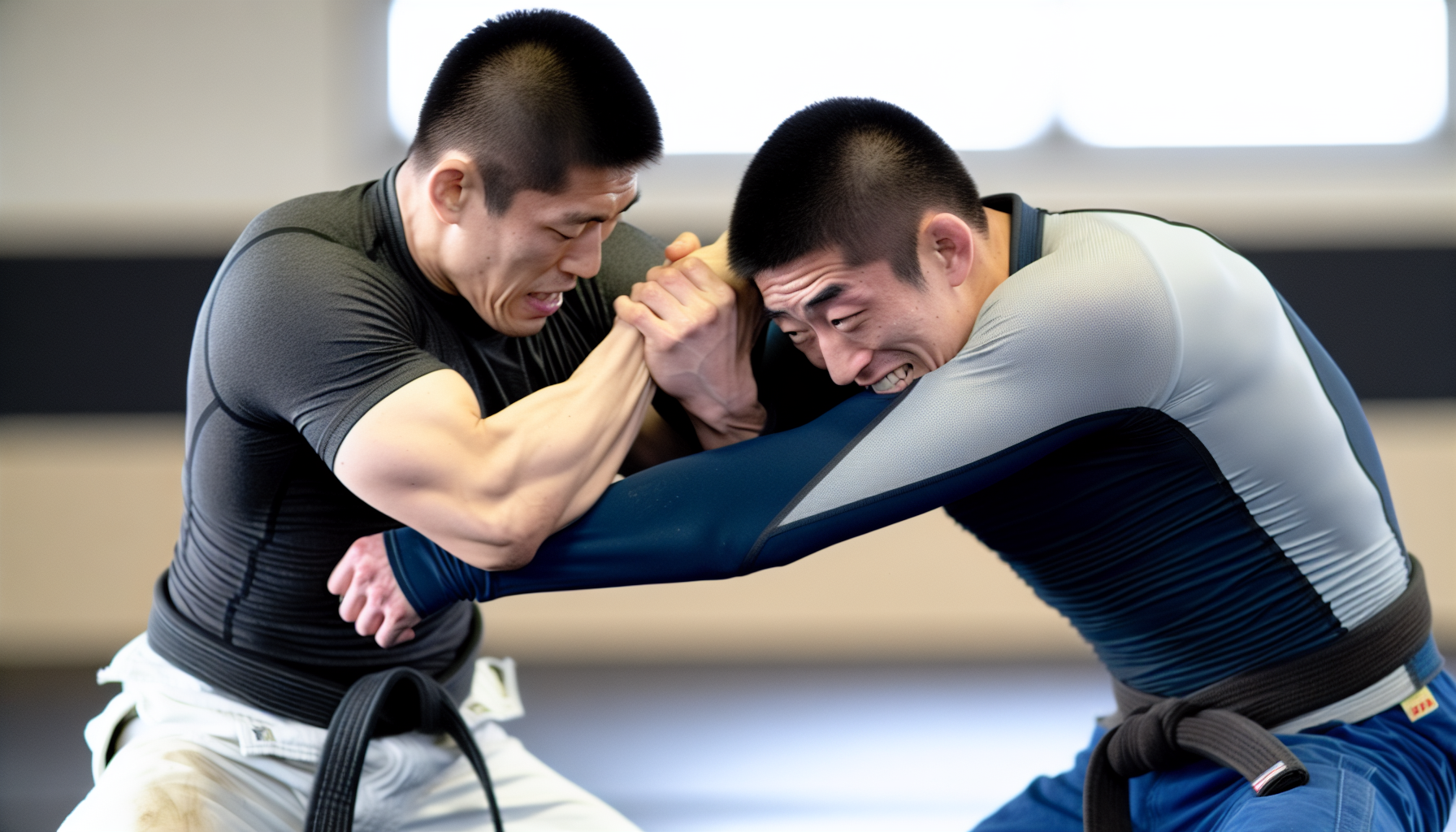
The pace is one of the first shocks to the system when transitioning from gi to no gi. No-gi grappling is often faster-paced, demanding quick reactions and decision-making. Initiate your journey with slow sparring sessions to make your gi transition smooth. This method enhances your reaction times, promotes a comprehensive understanding of your opponent’s movements, and formulates effective defensive and counterattacking responses.
But it’s not just about physical reaction times. Rapid mental processing is another requirement in no-gi grappling. Participating in exercises, such as coloured ball throw, cultivates swift stimulus recognition and decision-making skills, prerequisites for fast-paced no-gi grappling. Using a reaction ball during training sessions can significantly improve overall reaction time, hand-eye coordination, quickness, and vital skills in no-gi grappling.
Mastering the speed of no-gi demands physical and mental agility. Engaging in action/reaction combination drills aids in cultivating muscle memory, shortening reaction times, and enabling quick responses to situations.
To master the speed of no-gi, it is essential to:
- Engage in action/reaction combination drills to cultivate muscle memory
- Recognize and play to your physical attributes, such as speed, strength, and flexibility
- Craft an effective game strategy in the no-gi context
Following these tips can improve your speed and agility in no-gi grappling.
But what about the mental game? Maintaining a calm and focused mentality is essential to adapt to the higher tempo of no-gi grappling. This mental calmness helps make precise and fast reactions. Studying and visualizing the strategies of successful no-gi athletes can guide you in tailoring your reaction times and movement speed to the pace of no-gi competition.
So, are you ready to embrace the pace?
Grip Game Revolution: Mastering No Gi Controls
Having figured out the speed aspect, it’s time to drill into the grip game. Transitioning to no gi grappling involves adjusting grips to be less dependent on the gi. This is where wrestling-based controls come into play. These controls, which include:
- underhooks
- overhooks
- cross faces
- collar ties
Become your new best friends in the no-gi, gi game, and brown belt world.
You might wonder about your favourite gi grips and their place in the no-gi world, including gi chokes. Well, gi grips such as collar and sleeves can be adapted to no-gi by combining collar ties and under hooks or overlooks. The 2 on 1 grip is also particularly effective in no gi for establishing control over the opponent.
Don’t forget about pressure passing as you get to these new controls. This technique is vital in no gi, where under hooks and cross faces become more critical due to the slippery nature of the grappling environment. So, are you ready to revolutionize your grip game?
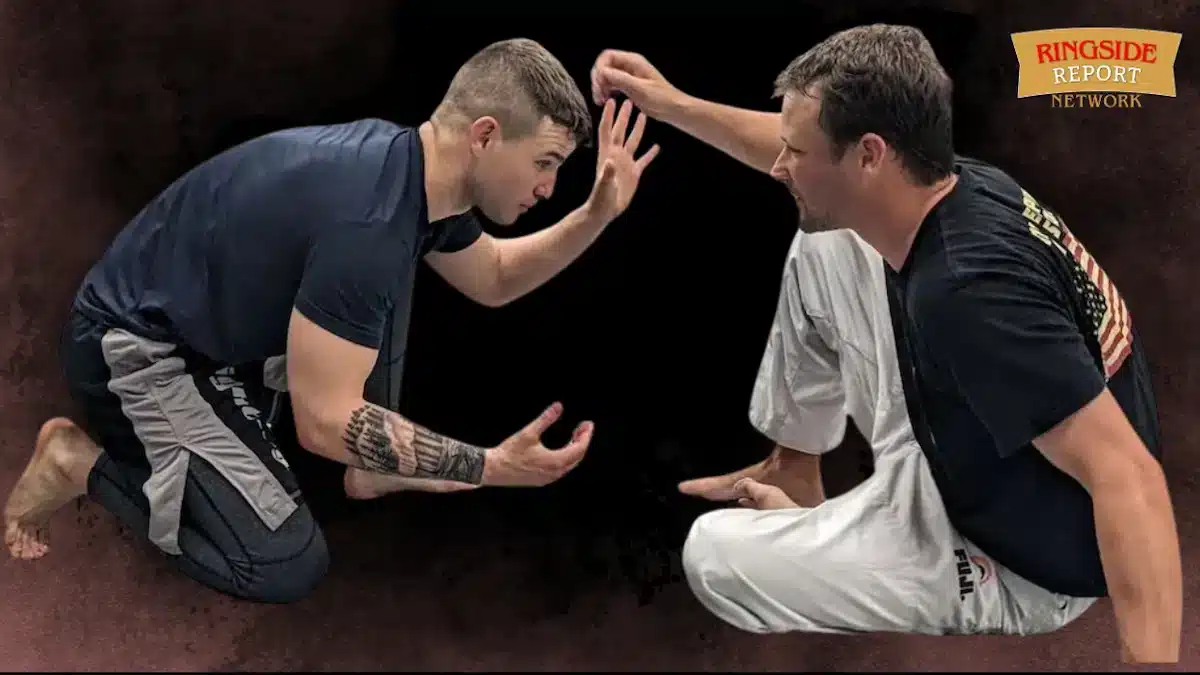
Guard Game Evolution: No Gi Adaptations
In the world of no-gi, even the guard game evolves. No gi guards, such as:
- Butterfly guard
- Half guard
- Spider guard
- Half butterfly
- Closed guard
Rely on over hooks and under hooks instead of gi grips. These guards are commonly used for no-gi grappling. This adjustment can initially feel strange, especially if you’re a devoted Gi player.
Guard retention in no-gi emphasizes framing, posting, and inverting techniques to maintain distance control without gi grips. These techniques offer a new perspective on guard play and add layers to your game that you might not have explored in your GI training.
Adapting to these changes requires a flexible mindset and extensive practice. Embrace the change, explore these new guards and techniques, and watch your guard game evolve in the world of no-gi grappling.
Submission Strategies Without the Gi
It’s time to discuss submissions. In no-gi grappling, the back position is considered the best due to the difficulty an opponent faces when trying to escape, opening up opportunities for dominant submissions such as:
- the rear-naked choke
- the rear-naked choke
- the triangle choke
- the guillotine choke
- the kimura
- the arm triangle
But that’s not the only trick up your sleeves.
Defensive strategies in no-gi grappling and gi submission grappling include:
- Posture adjustments and hand fighting against guillotines
- Stacking and applying pressure against armbars
- Tucking the chin against chokes
- Internal grips against Kimuras
These strategies can be the difference between a successful escape and a tap.
But don’t just play defence. Combination attacks and advanced strategies can open up new submission opportunities in no-gi. For instance, without gi grips, using the knee-cut guard pass to set up a heel hook or the Kimura grip to transition to a north-south choke becomes more prevalent.
Indeed, executing some submissions like straight armlocks in no gi can be challenging due to sweat and lack of control. However, the rule sets frequently permit a broader selection of leg submissions, including leg reaping and heel hooks. So, are you ready to explore submission strategies without the Gi?
Cultivating a Hybrid Grappling Mindset
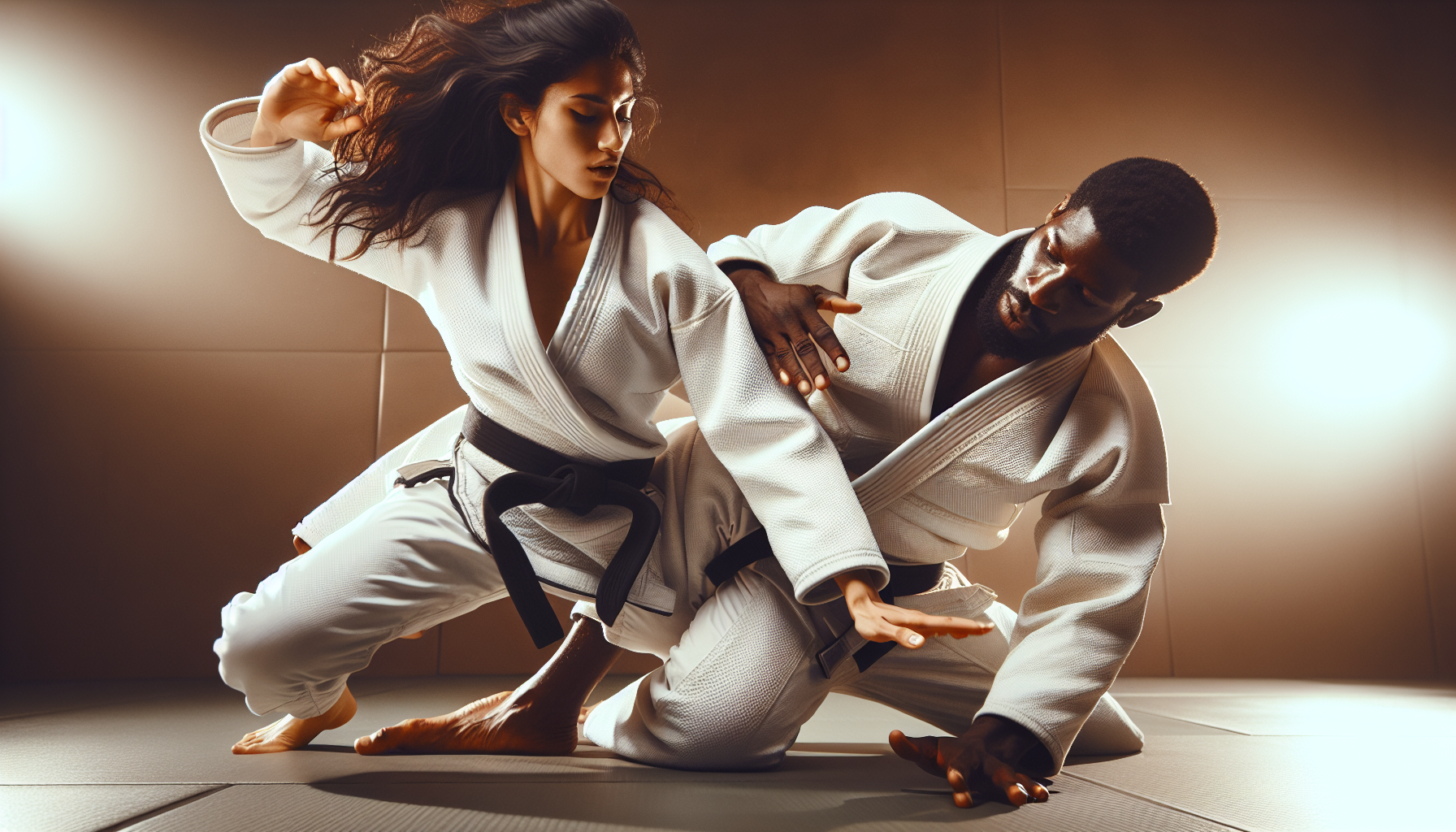
Despite the challenges of transitioning from gi to no gi, it provides an opportunity to foster a hybrid grappling mindset. Training in GI and no-GI BJJ can significantly improve your overall skills since each style offers unique techniques and concepts. The BJJ gi, in particular, offers unique advantages with its grips and grip-breaking techniques, which are essential even for experienced no-gi grapplers. You can double your learning opportunities and gain exposure to various techniques by training in both formats.
Focus on versatile submissions and guards that are applicable in both gi and no gi, such as:
- Triangle choke
- Armbar
- Kimura
- Guillotine
- Rear naked choke
- Closed guard
- Half guard
Combining Brazilian Jiu-Jitsu with Catch As Catch Can Wrestling techniques allows versatility and adaptability in both gi and no gi grappling scenarios.
Many resources are available to help you develop gi and no gi skills. The Grapplearts BJJ Master App, The Modern Leglock Formula, and the book A Roadmap to BJJ are valuable resources for developing a hybrid grappling mindset. The Grapplearts YouTube channel provides videos with tips specifically for improving no-gi grappling, which can complement traditional gi training. For audio learners. The Strenuous Life Podcast, especially episode 203, discusses tips for transitioning from gi to no gi, which can aid in developing a hybrid mindset.
So, are you ready to blend the best of both worlds?
-
Anti-Social Jiu-Jitsu Club T-shirt
$19.00 – $26.00 -
Bold Champion Spirit Unisex Sports Jersey
$47.00 -
Bold Champion Spirit Yoga Leggings
$50.00 -
Elite Sports Black Jack Series Fight Shorts
$39.00 -
Fighting Out of Montreal Cork-Backed Coaster
$8.00 -
Fighting out of Montreal Hoodie
$39.00 – $41.00 -
Fighting out of Montreal Pint Glass
$20.00 -
Fighting out of Montreal T-Shirt
$8.00 – $12.00 -
Fiving MMA Martial Arts Shin Guards
$40.00
Guillotine Chokes and Leglocks
Your leglock and the guillotine choke submissions need to be developed. When you grapple without gi, you lose the lapel choke, but getting straight armlocks is also more challenging because of the sweat and lack of control. Most gi grappling regulations are now liberal in regards to leglocking. So, if one wants no-gi, it would make sense to learn guillotine chokes and leg locks. Let me list some helpful information on this.
Throw Out Your Grips
Change your grip to avoid GI dependency. The Gi includes many belts and sleeve grips not found in a gi. Wrestling controls such as wrist grips, collar ties, or hooks will likely be more critical without the GI. Because everything is slippier, you will probably struggle to hold the grip longer and must prepare to transition from grip to grip. When you gain control, you must use it immediately! There are steps involved, but they can be done. It’s easy to see how sophisticated gi gripfighting is.
Please read our article detailing the Most Popular Submissions in MMA
Equipment Essentials for No Gi Success
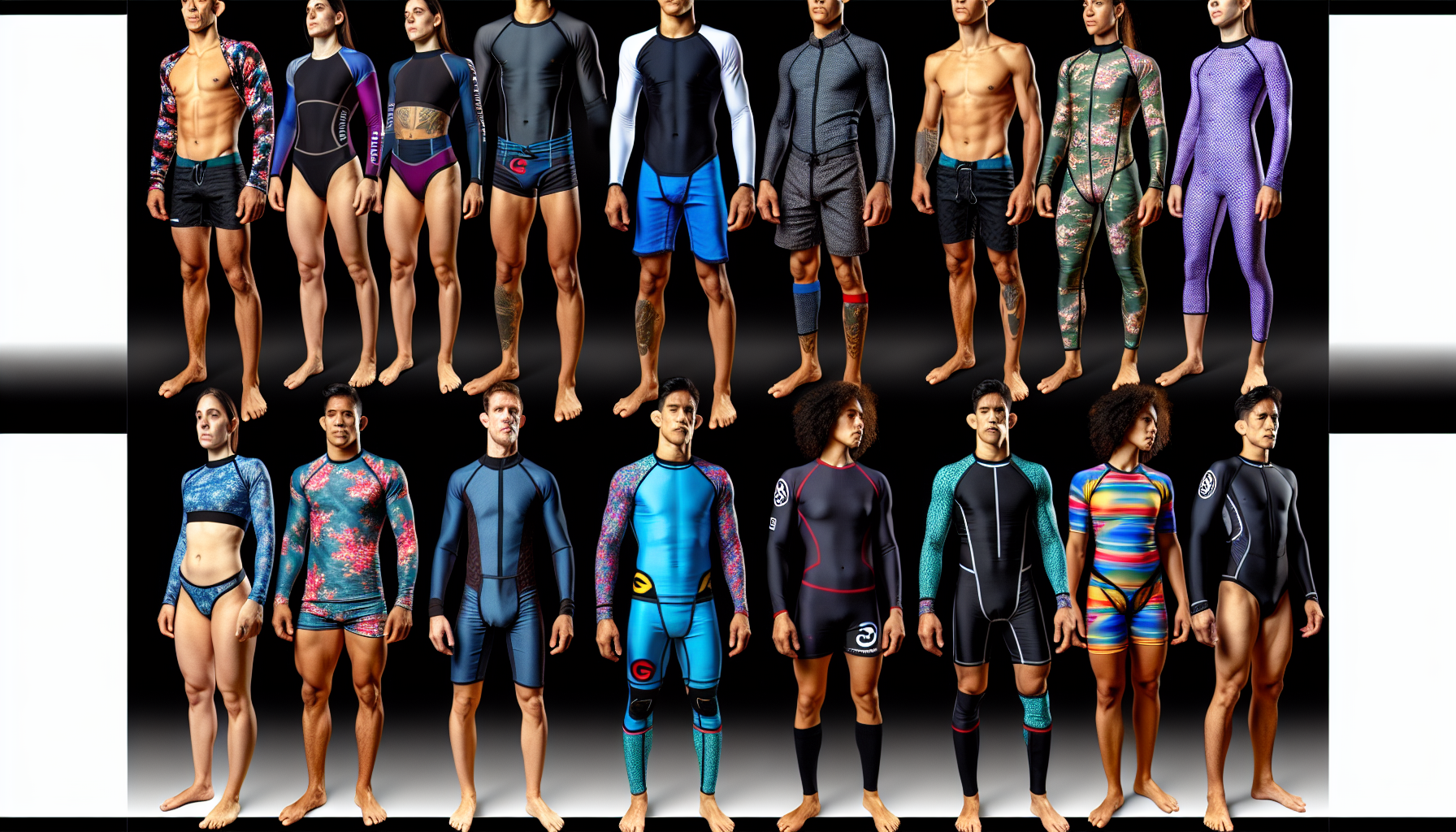
When you enter the world of no gi, you might notice a change in attire. In no Gi Brazilian Jiu-Jitsu, practitioners typically replace the traditional Gi with shorts and a rash guard. Rash guards and board shorts, often inspired by surf wear, are preferred in no Gi training to ensure upper body coverage.
In no Gi Jiu-Jitsu, rash guards play a significant role by:
- Keeping the body cool and comfortable during training or competition
- Protecting against skin injuries such as rashes and mat burns
- Providing moisture-wicking properties that regulate body temperature and prevent chafing
Compression clothing offers several benefits for grapplers.
- Enhances flexibility and agility during grappling
- Alleviates muscle soreness and boosts blood circulation
- Facilitates the removal of lactic acid, leading to faster recovery times
- Improves overall performance
So, are you ready to gear up for no Gi success?
Summary
Shifting from BJJ gi-based Brazilian Jiu-Jitsu to no gi grappling presents a unique set of trials and prospects. This change calls for adjusting to a more rapid tempo, perfecting novel grips, refining your guard game, discovering alternative submission techniques, developing a versatile approach to grappling, and preparing effectively for triumph. Approach this transformation receptively and observe as your jiu-jitsu skills ascend to unprecedented levels.
Frequently Asked Questions
Is it hard to go from GI to no GI?
Shifting from grappling with a gi to a no-gi style can be challenging, but it must not be aggravating or daunting. Here are five pieces of advice to simplify the transition.
Can you just do no-gi Jiu-Jitsu?
To become a versatile Brazilian Jiu-Jitsu practitioner, one should practice training in Gi and No Gi. Training in a BJJ gi provides unique advantages, such as grips and grip-breaking techniques, which are essential for a well-rounded skill set. Initiating one’s Jiu-jitsu journey with No Gi may result in difficulties transitioning to using a gi later.
How Do I Manage Sweat and Slippage in No-Gi Grappling, Which Seems More Prevalent Than in Gi?**
You’ll manage sweat and slippage in no-gi grappling by improving your hygiene practices and investing in advanced fabric technology. Rash guards and compression shorts with moisture-wicking properties help you stay dry and grip better.
While Not Directly Addressed in Typical Advice on Transitioning to No-Gi Grappling, Managing Sweat and the Resulting Slippage is a Crucial Aspect. This Question Concerns Practical Tips for Improving Grip and Control Despite the Slippery Conditions, beyond just the Gear Used.
To improve grip in slippery no-gi grappling, focus on hygiene practices to reduce sweat. Material technology in rash guards also helps. Work on grip strength and adapt your technique to secure better control.
Is it better to train Gi or no GI?
Training in both Gi and No-Gi is advantageous for improving various aspects of your game. Technique and strength are honed with gi training, whereas no-gi practice boosts speed and endurance.
Can you train Gi and no GI at the same time?
Yes, you can train both gi and no-gi simultaneously because it is beneficial to learn the different techniques and positions for both grappling styles.
What are some strategies to adapt to the faster pace of no-gi grappling?
To keep up with the quicker tempo of no-gi grappling, participating in leisurely-paced sparring practice, utilizing reaction balls for exercises and conducting drills that combine action and reaction can enhance your ability to react swiftly.
Remaining serene and concentrated is critical, as this mindset is vital for executing rapid and accurate reactions.
How Can I Mentally Prepare for the Faster Pace and Increased Intensity of No-Gi Matches?
To mentally prepare for No-gi’s faster pace, focus on a mindset shift and confidence building. Embrace agility drills, study successful athletes, and visualize matches to adapt quickly and stay ahead.
What Nutritional or Physical Conditioning Differences Should I Consider When Transitioning From Gi to No-Gi Grappling?
You’ll need to adjust your nutrition and conditioning for no-gi. Focus on hydration strategies to manage the faster pace and recovery techniques to handle the increased physical demand. It’s all about staying agile and resilient.
This Question Taps Into the Physical Demands and Conditioning Specifics That Might Differ Between Gi and No-Gi Grappling, Considering the Pace and Style Differences. It Seeks Advice on Any Adjustments Needed in Diet, Strength, and Conditioning Routines to Cope With the Faster Tempo and Different Energy Requirements of No-Gi Grappling.
You’ll need to adjust your diet and conditioning to keep up with the faster pace of no-gi. Focus on agility and strength, and choose breathable apparel to enhance your performance without the gi.
Conclusion
You’ve now got the blueprint to switch from gi to no-gi grappling confidently. Embrace the pace, refine your grip game, and adapt your guard to thrive in this dynamic environment.
Remember the essential gear that will keep you safe and agile on the mats. With a hybrid mindset, you’ll easily navigate both worlds, expanding your grappling horizons.
Remember, it’s not just about changing your outfit but evolving your approach. Welcome to the versatile world of no-gi grappling. Keep pushing, keep learning, and enjoy the journey.






